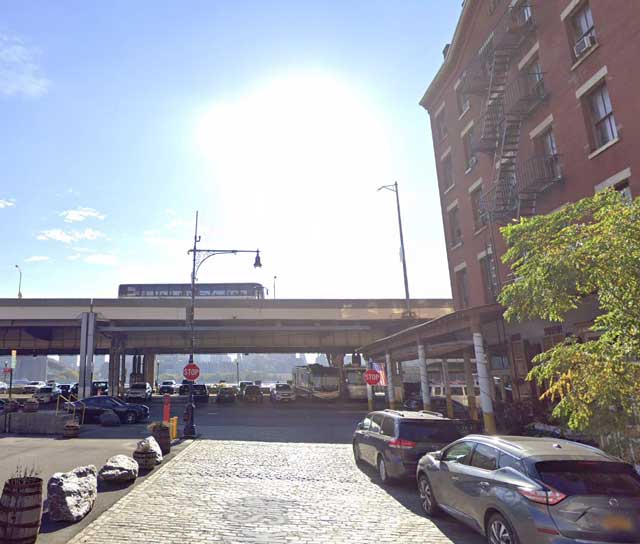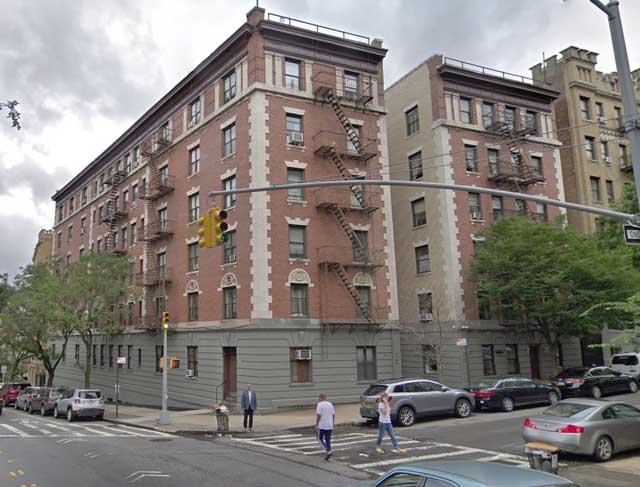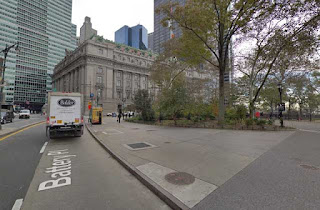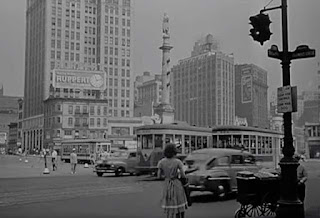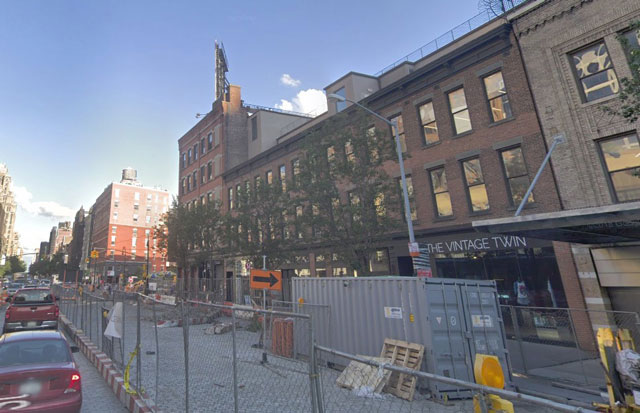Bonwit Teller Building on Fifth Avenue
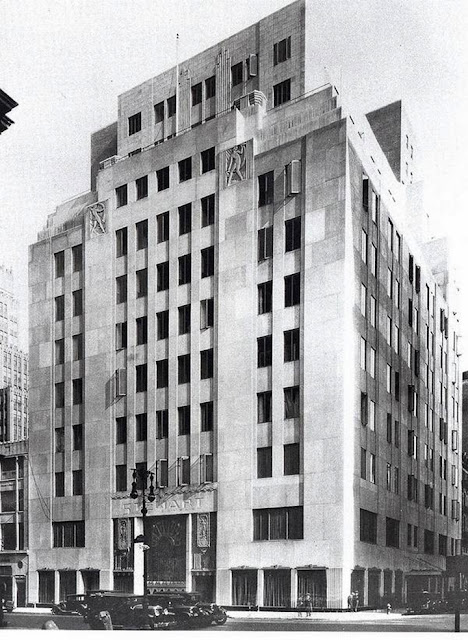 |
| The Bonwit Teller building at 56th Street and Fifth Avenue, NYC. |
Sometimes these articles have a political overtone, but that is not the intent: this series is strictly about locations, not people. There are a lot of stylish buildings that have come and gone in New York City. Their artistic merits are debatable, though. Some people will view them as iconic, others as mediocre imitations of good art. One such building was the Bonwit Teller building located on the northeast corner of 56th Street and Fifth Avenue in Manhattan. This story reverberates into the present, so let's take a closer look at it. The above photo of Bonwit Teller's entrance was taken in 1977, but, except for the people and vehicles around it, just as easily could have been taken 30 years earlier. However, the Bonwit Teller building was soon to encounter someone with grander ambitions than just owning a fading department store. Let's make a comparison of the Bonwit Teller building on Fifth Avenue from 1977 to 2018.
 |
| Undated photo of the Bonwit Teller building, apparently from the 1950s (HOWARD/AP). |
Bonwit Teller was one of a plethora of department stores that originated in Manhattan, grew with the expanding middle class, and then faded and died during the latter half of the 20th Century. The list is massive and includes, among many others, Gimbel's, Alexander's, and B. Altman and Company. The culling process continues to this day, with recent reports that
Barney's New York is evaluating bankruptcy options. So, department stores flourishing and then going out of business in New York City is nothing new. Bonwit Teller was founded in 1895 at Sixth Avenue and 18th Street by Paul Bonwit. It was an upscale department store that became famous for catering to the "carriage trade" from its flagship Fifth Avenue location. The changing tastes of the public during the 1980s doomed it, and it is fair to say that Bloomingdale's took away much of its business. Right around the time of the photograph at the top of this page, Bonwit Teller began experiencing growing financial troubles that led to a continuing "musical chairs" type of ownership change. The Bonwit Teller parent company filed for bankruptcy in 1989 and the brand is now extinct.
During its death throws, Bonwit Teller tried to survive by selling its flagship location on Fifth Avenue at 56th Street. This was 1979, and there was a rising power in Manhattan real estate. His name was Donald Trump. Mr. Trump (as everyone with any connection to Trump, er, Mr. Trump routinely called him) had had his eye on the Bonwit Teller property. This was to be Mr. Trump's first major acquisition in Manhattan, coming a year before he bought the Commodore Hotel near Grand Central Terminal and turned it into the Grand Hyatt New York. So far, so good, just a routine NYC real estate transaction, right? Well, not quite.
The 11-story Bonwit Teller building was built in 1929 by Whitney Warren and Charles Wetmore, famous architects more known for the Beaux-Arts Grand Central Terminal. That year was the height of monumental construction in Manhattan, right around the time that the Empire State Building and the Chrysler Building were either just completed or about to be built. The Bonwit Teller building never received nearly the architectural acclaim as Grand Central, but it did have some fancy art deco features. For instance, it had some limestone reliefs of women on the facade which arguably (we'll get to that) were true works of art. Another flourish was the 15x25-foot grillwork over the entrance. Not everyone agreed that these admittedly low-key stylistic flourishes were true art.
Among those who considered the reliefs and grillwork artistic and thus worthy of preservation as the Metropolitan Museum of Art. When the Met learned that Mr. Trump was planning to raze the building, it offered a "gift" in exchange for these items. However, the building's new owner didn't agree with the Met's artistic appraisal and wasn't interested in any "gifts" that wouldn't compensate for the cost of preserving the reliefs and grillwork. After casually offering the items to the Met if they could be removed, Mr. Trump's company demolished the building as planned. The grillwork and reliefs were not preserved.
Now, this is not an attack on anyone, particularly not Mr. Trump. He owned the building and had every right to do with it as he wished. That, after all, is what ownership means. The artwork in question wasn't protected because it wasn't particularly distinguished, though beauty is in the eye of the beholder. The preservation movement was in full swing by 1979 and the city had its chance to act if it wished, and it didn't. People didn't come to New York City to see the reliefs or the grillwork completed by artist Otto J. Teegan in 1930. On the other hand, it certainly was memorable to some people and a classic expression of the brief art deco fad that was better expressed in the Empire State Building and Chrysler Building. It turned out that the only opinion that mattered was Mr. Trump's. He later offhandedly called it "junk." As noted above, the artistic value of the building's special touches was arguable, and Mr. Trump had finished arguing about it.
Well, the location of the Bonwit Teller building is the site of a famous building now, more famous than the Bonwit Teller building ever was. It is the Trump Tower. Now, once again, opinions will differ as to the artistic merits of Trump Tower versus the old Bonwit Teller building. However, if there is one site in Manhattan that replaced one iconic structure with an even more iconic structure, it - arguably - is the old Bonwit Teller site.
 |
| Donald Trump with his model of Trump Tower in 1980. |
I hope you enjoyed this entry in our "the more things change, the more they stay the same" series. We strive to be apolitical in these posts and simply report the then-and-now. Thanks for reading and please visit some of our other pages in this series!
2022








